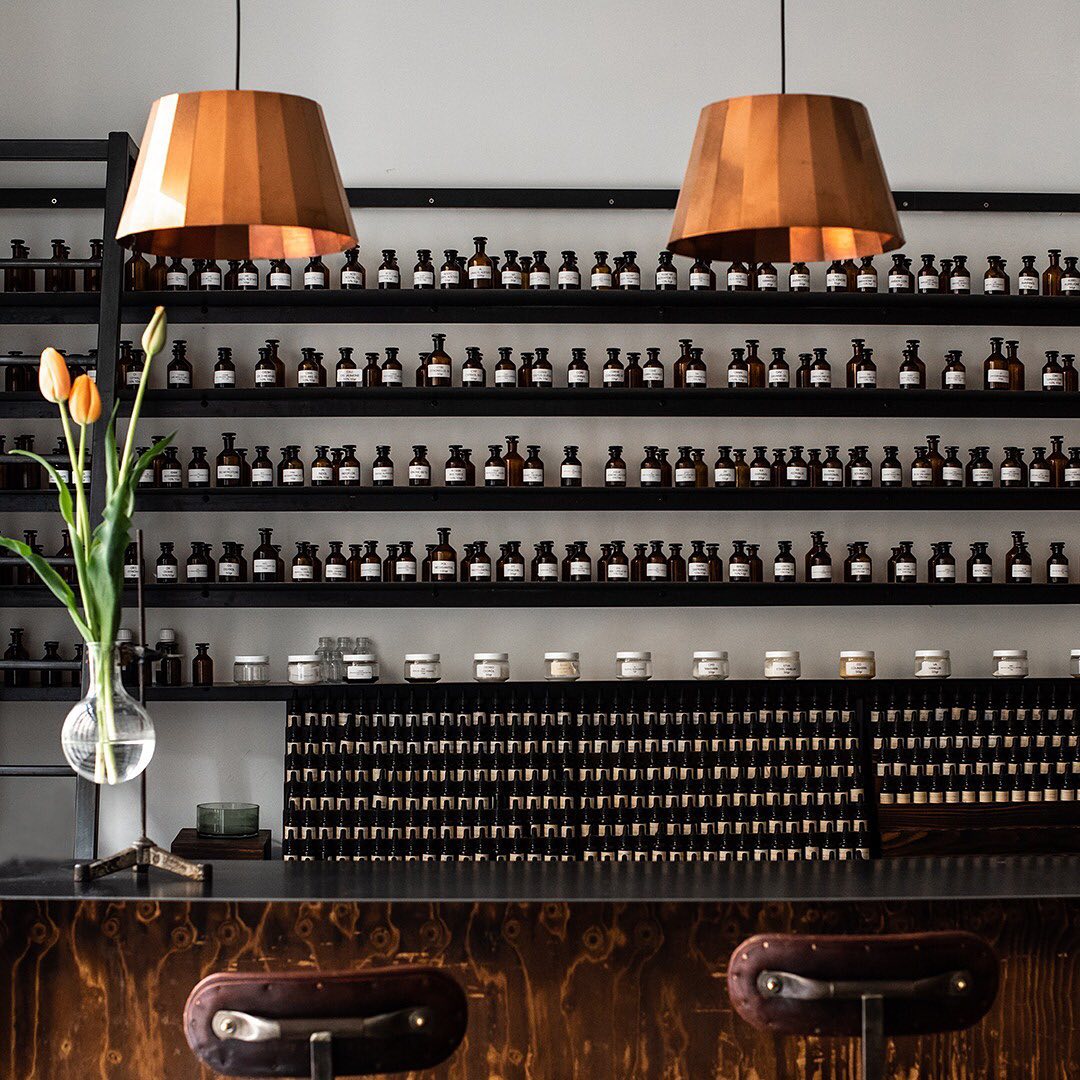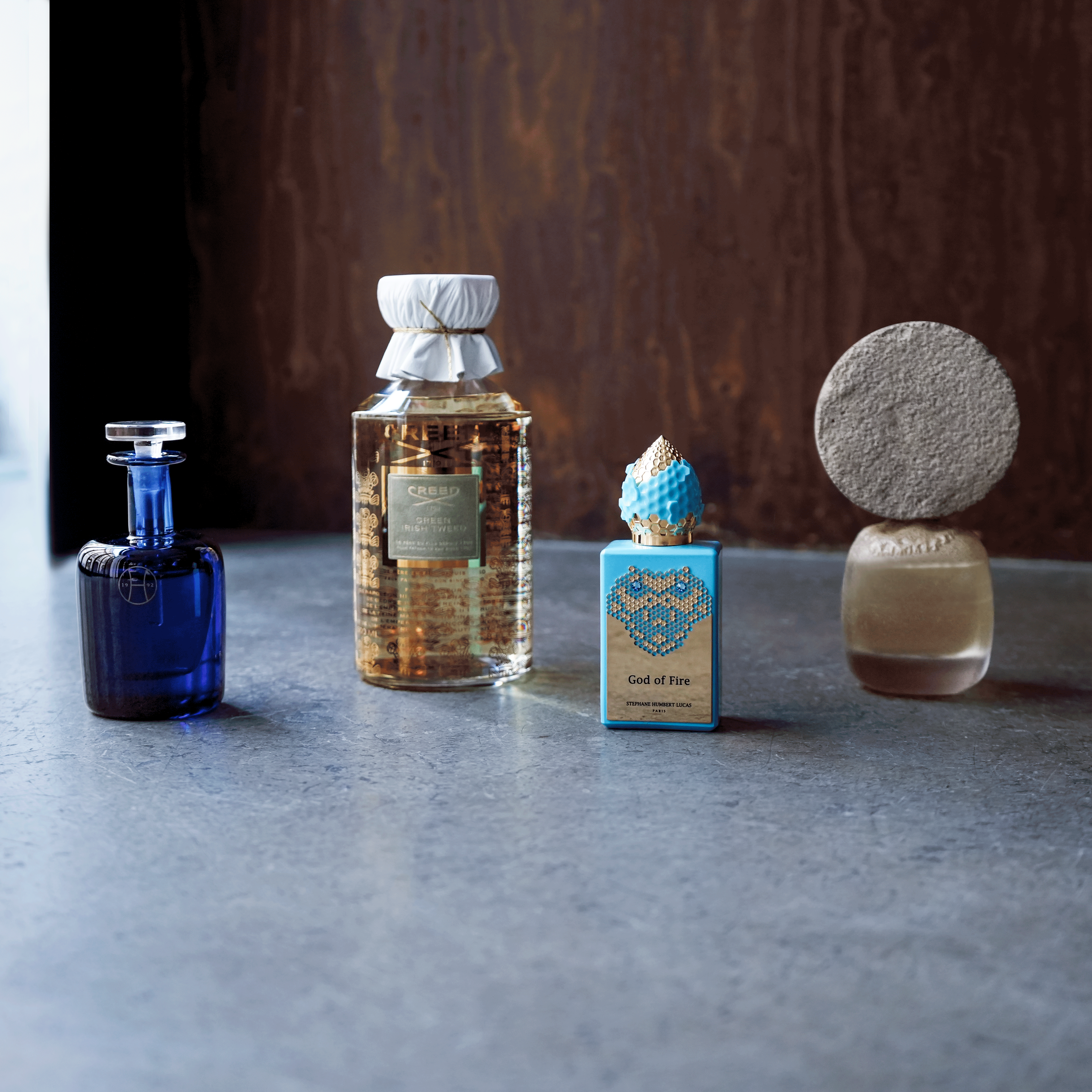
the largest multi-brand beauty store in France
+800 fragrances from +80 brands including :
recommended in more +60 city guide
You have a question? Please consult the Frequent Asqued Questions (FAQ).
If you don't find your answer, please contact us:
by email: info@noseparis.com
by phone: +33 1 86 47 72 76
Nose ship perfume by international airfreight and by La Poste for the services Colissimo Expert and Chronopost Classic to more than 75 countries.
To know more, please consult the Frequent Asked Questions (FAQ)
To know more about returns and refunds, please consult Terms and Conditions of Sales, section 6 Right to and period of withdrawal.
Nose proposes an olfactive diagnosis where 5 perfumes will be proposed among a list of 500 curated ones.
Do the diagnosisNose proposes an olfactive diagnosis where 5 perfumes will be proposed among a list of 500 curated ones.
Do the diagnosisIn the Far East, as winter approaches, several offerings are dedicated to the ancestors through the tea ceremony.
In South Korea, this traditional ceremony called darye (다례), stands out for its simplicity. Because of the limited number of tools that are used during this ritual, this ceremony is defined "without doors", since it’s accessible to all social classes. The instruments are five: the tagwan cast iron kettle, the wooden tea spoon samu sujeo, the teapot used to brew the dagwan tea and the cup in which the tea is consumed, dabae. The size of the cup varies according to the season: in summer, it is bigger (to cool the content faster), while in winter it is narrower and tall, to keep the heat. An intermediate step is then added in the hot season, where the tea is transferred to a bowl (sukoo), before being poured into the cup.
Originally practiced by Buddhist monks in the mountains to meditate and reach a state of peace, the tea ceremony allows for reconciliation with the universe and eternity. This is how the Buddhist monk Ch'o-ŭi (18th century) describes this ceremony:
"Spring water cries out in a rocky valley;
pine Trees echo when wind is coming.
I drank a cup of tea and watched the flowing and stillness.
Quietly and naturally I seemed to forget the return of time.”
In Japan, the well-known scchol for tea ceremony Urasenke in Kyoto highlights four fundamental principles: harmony, respect, purity and tranquility. Hence follows a ceremony that takes place in a small thatched house that measures about 4 tatami and a half, with a squared door: just like the sides that compose it, the people who enter it are equal to each other .
Accompanied by the tea scoop (chashaku) and whip (chasen), people listen to the tea’s infusion, whose noise must be minimal, but also to its notes (since the Japanese "listen" to smells): the fresh, and aromatic trail of green tea, coming from Camelia Sinensis, slowly spreads around and fills the room ...

the largest multi-brand beauty store in France
+800 fragrances from +80 brands including :
recommended in more +60 city guide

+ 800 fragrances from +80 niche brands
but also home & cosmetics.
100% authentic products & official reseller

official French price for :
Creed, Maison Francis Kurkdjian, Kilian,
Marc Antoine Barrois…
VAT free for non European country

free express airplane delivery with DHL above
€167
all informations available here.

+200 gifts offered with purchase by over 50 brands!
Creed, Maison Francis Kurkdjian, Kilian, Diptyque,
Éditions de Parfums Frédéric Malle & much more
to discover here.